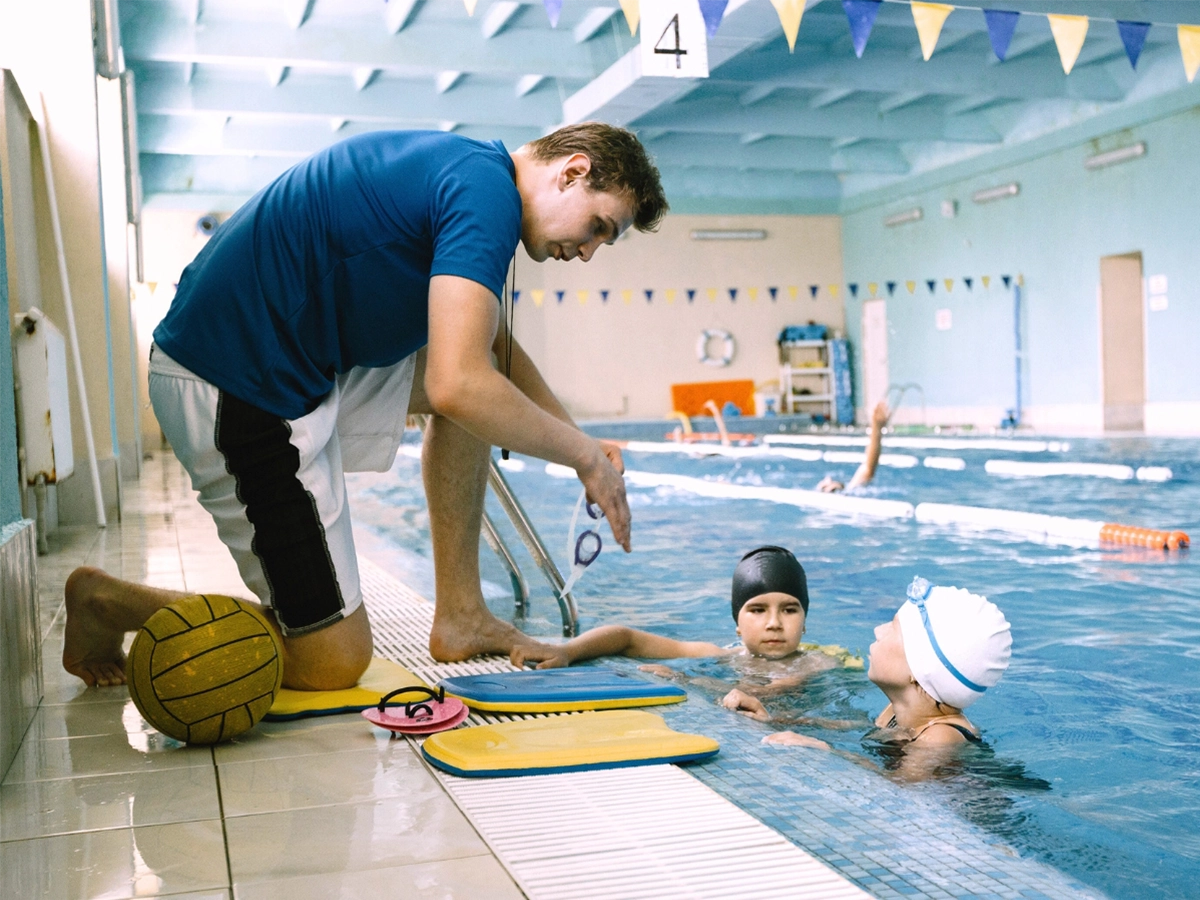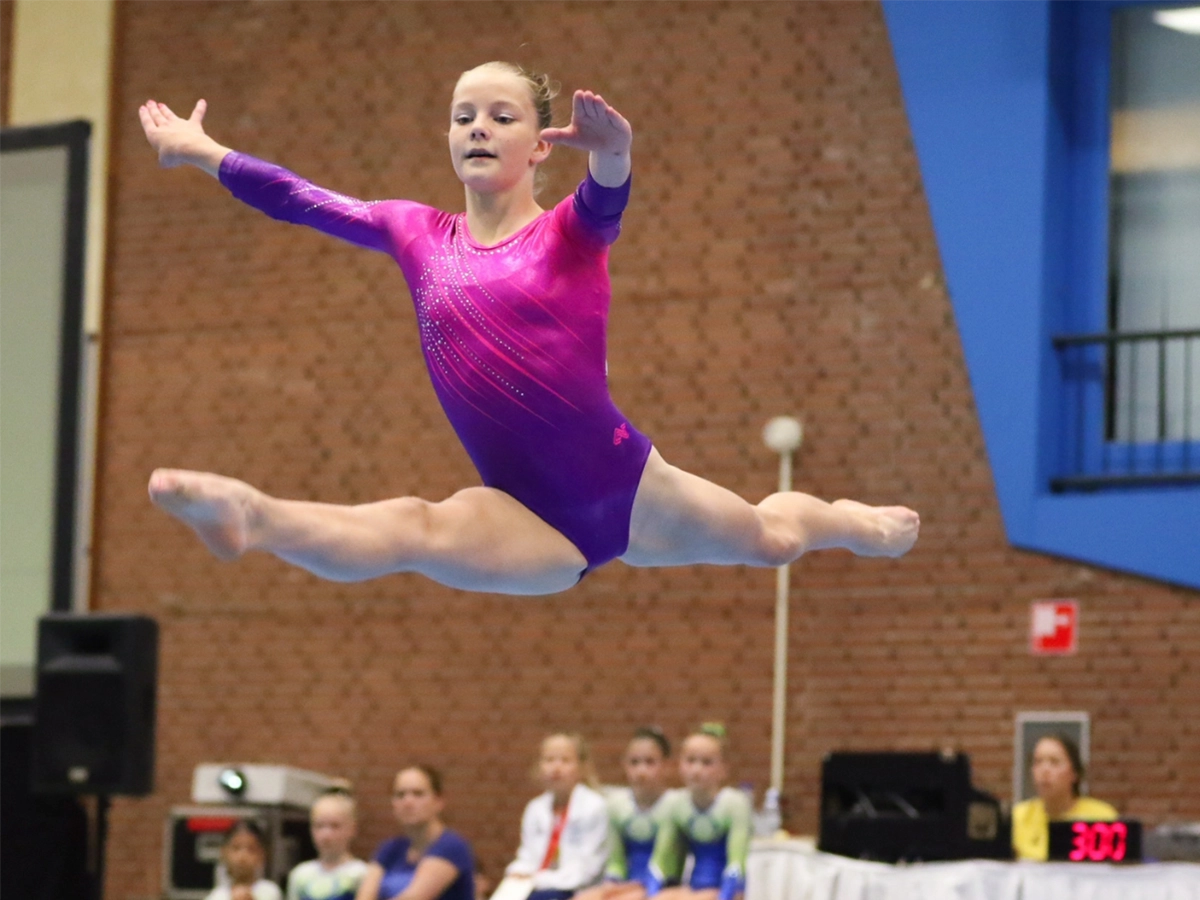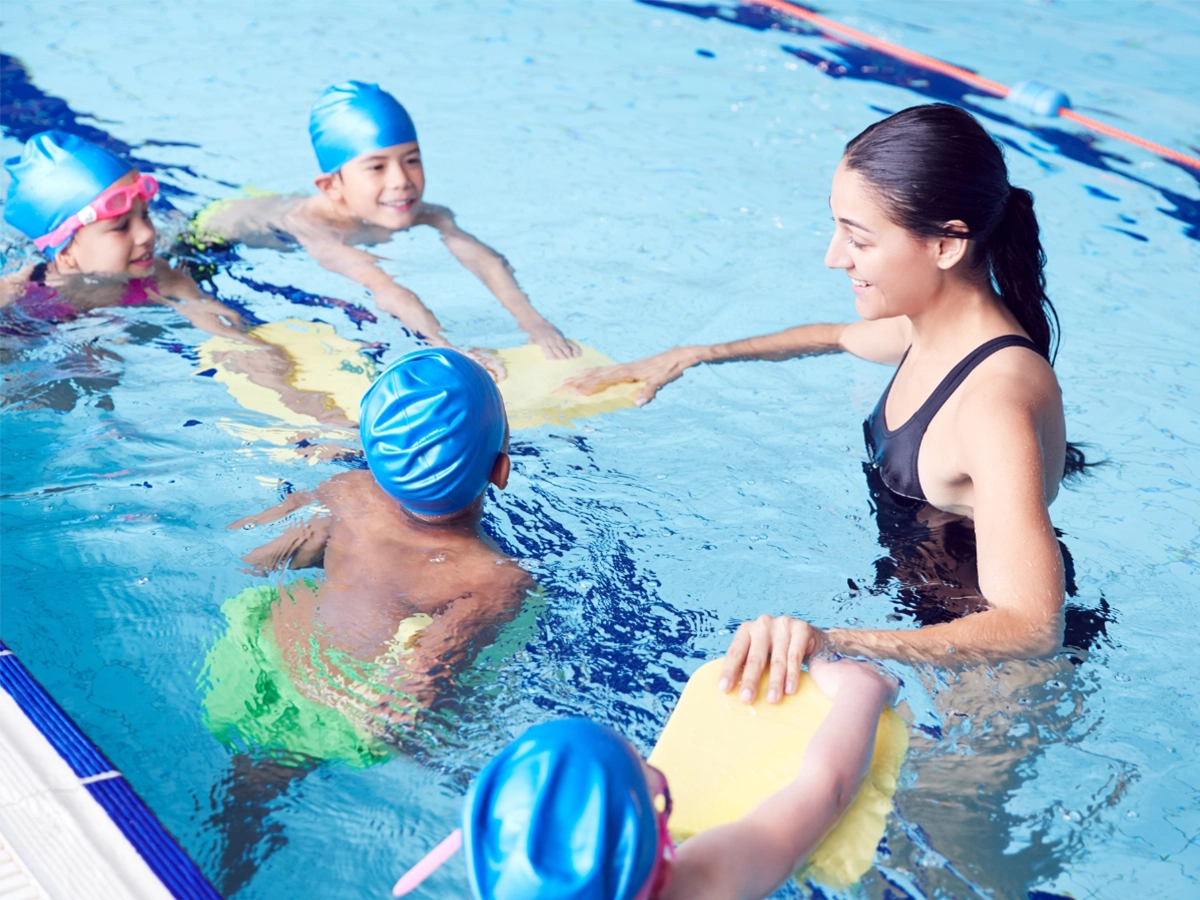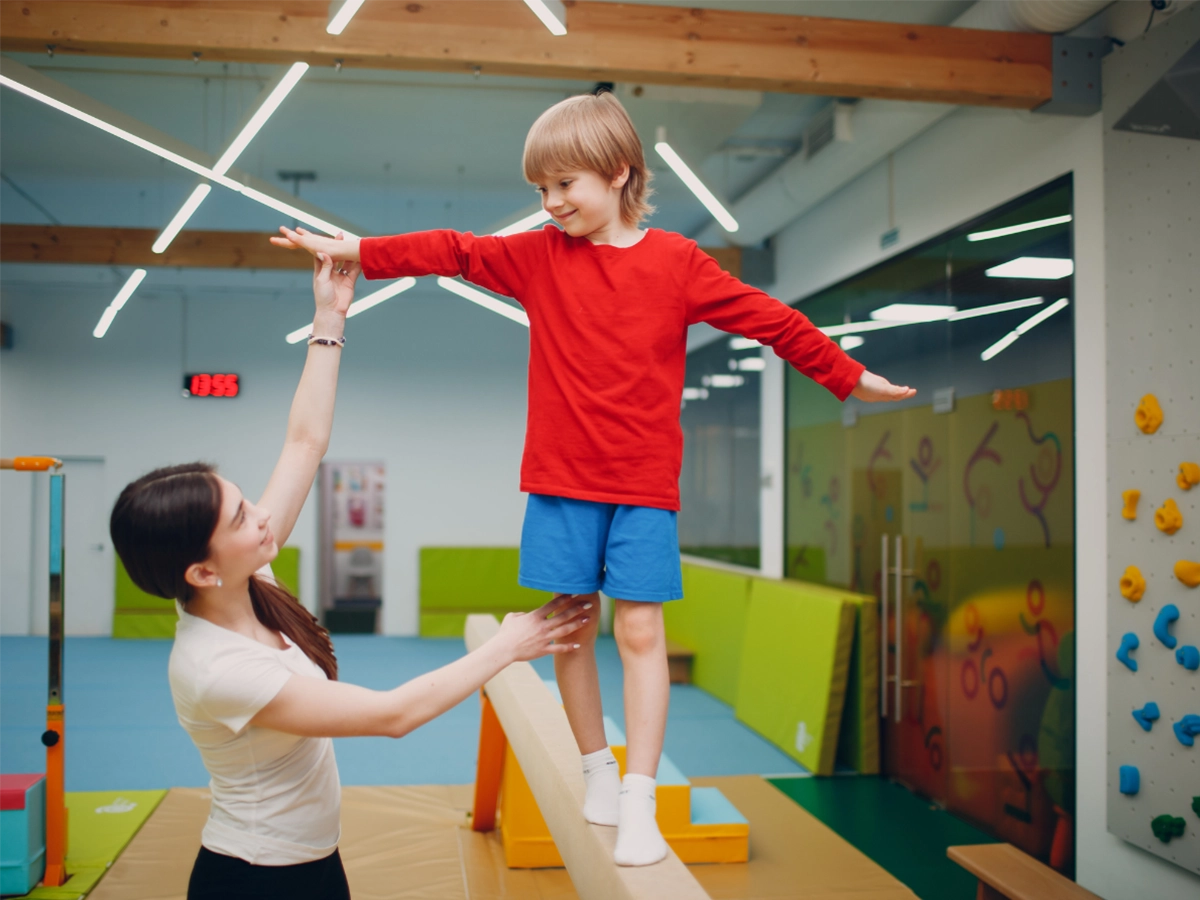Technique Magazine shared thoughts on the role of the buddy system in gymnastics from David Jacobson with the Positive Coach Alliance (PCA).
A principle of the PCA focuses on filling emotional tanks because if this “tank” is empty the gymnast goes nowhere and when it’s full the gymnast is emotionally fueled to go the distance.
The Buddy System is a driving force behind this principle. Filling the emotional tank keeps athletes upbeat, more willing to work and more able to learn. Criticism and correction are constant for gymnasts – even coming from their own internal voices – and the Buddy System helps gymnasts to keep these criticisms and corrections in the proper perspective.
So how does the Buddy System work? Obviously, each gymnast is paired with a buddy. Each buddy’s job throughout training is to provide each other with specific, truthful earned praise. Younger athletes may have trouble delivering on “specific truthful and earned”, but any enthusiastic encouragement from a peer helps maintain an energy level and a desire to keep the praise coming by continuing to perform the desired activity.
With more mature gymnasts encouragement like “Way to work hard, Tom” will keep Tom working at a higher level for longer and keep him focused on improvement. With younger gymnasts, more specifics are sometimes necessary to help them to understand what they are doing right. For example, “Linda, those last five push-ups – your back was board straight. Way to keep the form!” gives the youngster enough information to work with because she is just too young to process the full meaning of a general comment.
To get started using the Buddy System, you need to explain what it is and how it works to your coaches and athletes. You might start by taking a part of every session to put a direct focus on applying the Buddy System to make sure that the partners are giving encouragement in the best ways. When the buddies have the hang of it, let them run with it. Check in on them during sessions to make sure they’re continuing to be good buddies.
It’s important to assign partners, Jacobson points out. The “assignments” give individual gymnasts specific responsibilities for encouraging another specific person. You cannot depend on this taking place in a general way. We believe the assignment of “buddies” also makes the pair personally responsible for each other. In other words, they are invested in one another’s progress and well-being. It is also important for coaches to assign buddies – not the athletes. Why? Because coaches will make decisions based on physical skills and personality traits instead of just choosing your best friend as kids tend to do.
Using the Buddy System, you can help to ensure that earned praise is a continuous theme in your gym, athletes grow by evaluating their buddies’ activities, you learn better ways to communicate from their examples, and your athletes nurture a confident and upbeat outlook.
Jacobson’s article is a great read. Look for it in your Technique Magazine, Vol. 34 – #7 (September/October 2014 issue) pages 13-14.














